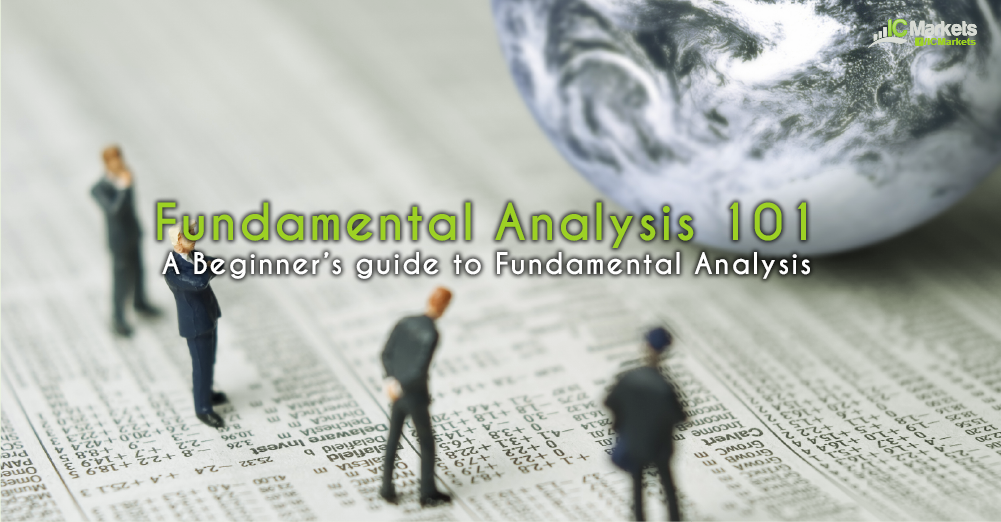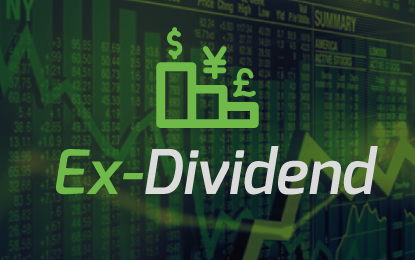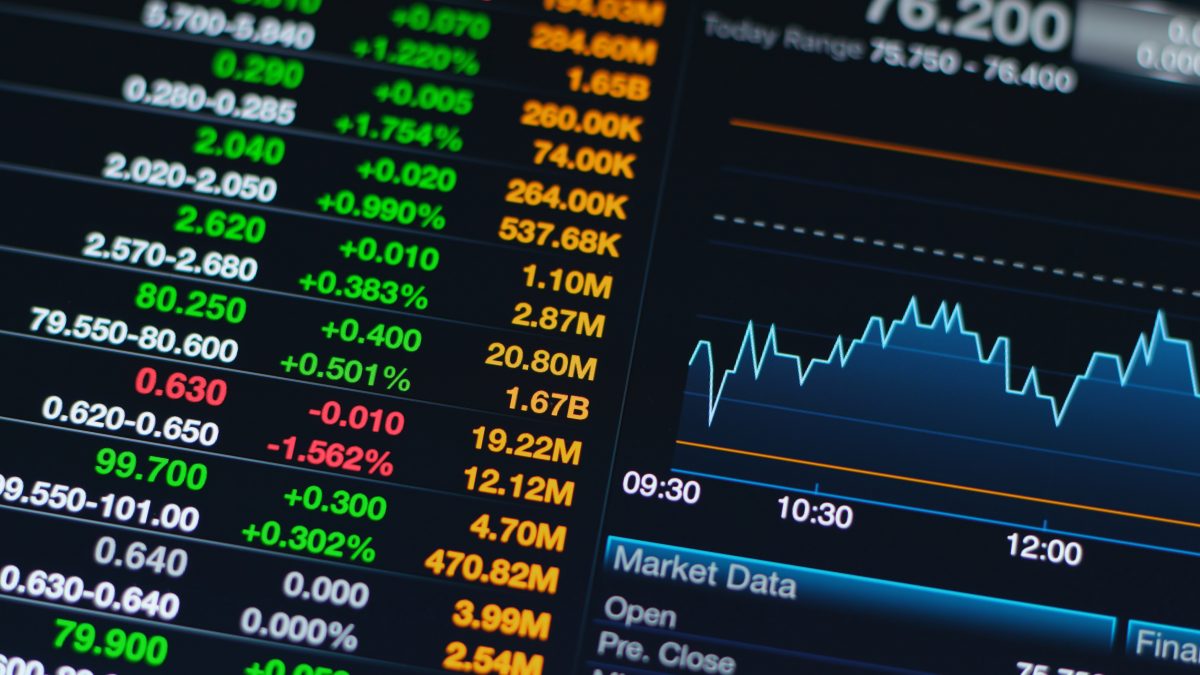What is Fundamental Analysis?
Fundamental analysis mostly refers to the use of economic data to predict forex price movements. While technical analysis focuses on historical price action and repeating behavior, fundamental analysis takes into consideration the demand and supply for a currency based on the current and expected return in holding it.
Demand and supply of a currency are influenced mostly by central banks and monetary policy. When a central bank decides to add to money supply or lowers interest rates, the value of the local currency goes down since there is more of it in circulation and the rate of return on assets denominated in that currency is lower. On the other hand, when a central bank decides to lessen money supply or increases interest rates, the value of a local currency goes up since there is less of it in circulation and the rate of return on securities denominated in that currency is higher.
What influences the central bank’s decision to adjust monetary policy by adding or reducing money supply and by increasing or decreasing interest rates? This is where economic data comes in.
Bear in mind that the central bank’s mandate is to maintain price stability. When an economy is doing well, inflation tends to climb and the central bank would need to tighten monetary policy by reducing money supply or hiking rates. When an economy is performing poorly, inflation tends to drop and the central bank would need to loosen monetary policy by increasing money supply or cutting interest rates. This is just a general simplified view of monetary policy changes, which will be covered in the next section, but of course there are plenty of other economic factors that could influence central bank decisions.
Traders who use fundamental analysis often make use of an economic calendar to keep track of how economies are doing. These calendars list down the upcoming data releases, usually for major economies, and their potential impact on price action. There are reports that could trigger a large or long-term effect on forex movements while there are other reports that result to small reactions only. Economic calendars also typically include the previous report’s result and the analysts’ consensus for the upcoming release in order to give the trader a basis of comparison in whether or not improvements were seen.
Aside from economic events, market sentiment also usually factors in fundamental analysis. This refers to traders’ appetite for risk, with higher-yielding riskier currencies usually rallying when confidence is up and lower-yielding safe-haven currencies climbing when confidence is down.
This can be gauged by looking at equity market performance, as stock indices generally surge when risk is on. When traders are feeling risk averse in general, this cautious trading behavior can also be monitored in global stock exchanges. Commodity prices are also sometimes used in gauging market sentiment, as covered in the latter sections.





